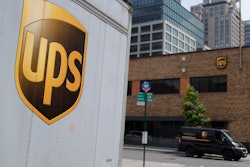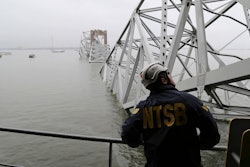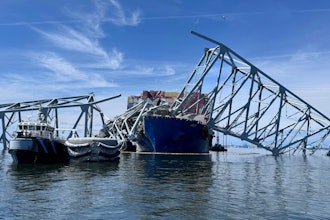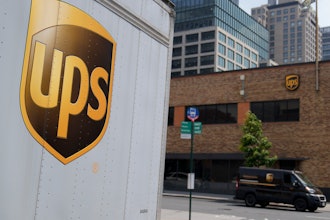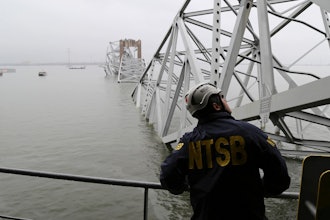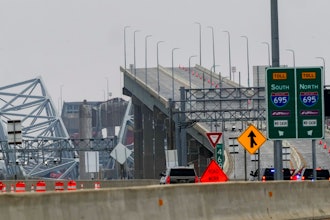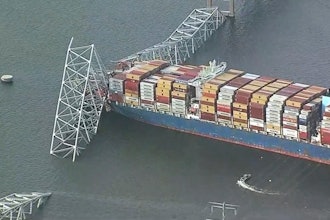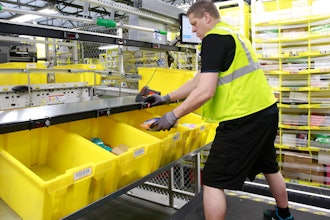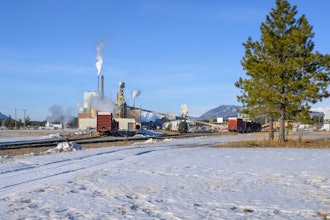The appeal of online shopping and express delivery has placed significant strain on logistics to deliver supplies and services faster and at larger scales than ever before. Looking to meet demand in this new environment, the world’s leading supply chain organizations and their human workforces are turning to automated solutions to help meet consumer expectations.
The good news is that many of today’s powerful automation technologies have the ability to assist in fulfilling a number of growing supply chain needs. However, some employers, workers, and labor unions are still unconvinced of the benefits, with the basis of their concern rooted in uncertainty about how these technologies might affect the human workforce.
Although the long term impact to labor dynamics remain to be seen, there are a number of positive outcomes that we can depend on from an increasingly automated workforce.
How Automation Is Changing Logistics
1. Improving Safety
Results from Seegrid’s recent survey of Fortune 500 and other global supply chain companies illustrated the growing need for automation across industries. Of the more than 80 responses from these high-level decision makers, 100 percent responded that previous investments in automation technology and systems have resulted in a more productive and safer workplace. This should not be surprising for anyone who has spent a lot of time at a warehouse or distribution center: According to statistics from OSHA, nearly 100,000 people are injured by forklifts each year, with 85 of those resulting in death.
With one person in the U.S. dying every four days from a forklift accident, autonomous industrial vehicles play an important role in protecting the workforce, because they excel at safely handling the routes that most forklifts drive on a daily basis.
Robots are ideally suited for such repetitive tasks, such as driving from one end of the facility to the other and back again. In contrast, the monotony for humans creates a high risk for error and accidents. What’s more, by adding programmed parameters to tasks that could be dangerous for humans to perform, companies limit exposure to risk of a workplace accident caused by a fatigued or distracted employee or improper use of industrial equipment. By strategically incorporating automation, managers can prevent safety incidents, reduce loss, and limit liability.
2. More Efficiency and Flexibility
A common misconception is that self-driving industrial vehicles require a rigid environment and do not have the ability to adapt as tasks and job requirements change. That misconception was true historically, when systems built on inflexible infrastructure components such as tape, wires, or lasers were static and too difficult to adjust once installed. Many of today’s automated technologies, however, are now dynamic enough to rapidly change their tasks and patterns within factories and fulfillment centers to scale up or down as the systems require.
When provided this flexibility to adapt to changing needs, automation can aptly equip organizations with the tools and technologies necessary to support a fluid supply chain while also enabling humans to be reallocated to more value-added positions.
3. Filling the Workforce Shortage
Seegrid’s recent survey also found that the top areas supply chain managers are looking to automate include "movement of parts to the assembly line" (36.7 percent) and "inbound to putaway" (31.7 percent) — both of which are areas suffering from workforce shortages as companies attempt to meet growing scalability needs. By programming self-driving vehicles to fulfill the existing unmet needs, the available human workforce can serve more valuable roles to adapt the system to scale as needs continue to change.
The intent of automation is not to eliminate humans from the equation, but rather to relieve touchpoints in the larger system that are not ideal for humans to perform. In an assembly line environment, repetition of the same task over and over is simply not ideal for human workers because we tend to fatigue over time, making working environments potentially more dangerous. Using automation to complete repetitive tasks frees up human workers to oversee more valuable responsibilities, like ensuring that the system as a whole is functioning smoothly.
These are the roles humans were born to play — jobs that necessitate abstract and creative thinking. By augmenting operations with consistency through automation, humans can bolster not only the productivity of their businesses but also their ability to create innovative systems to meet the needs of tomorrow.






